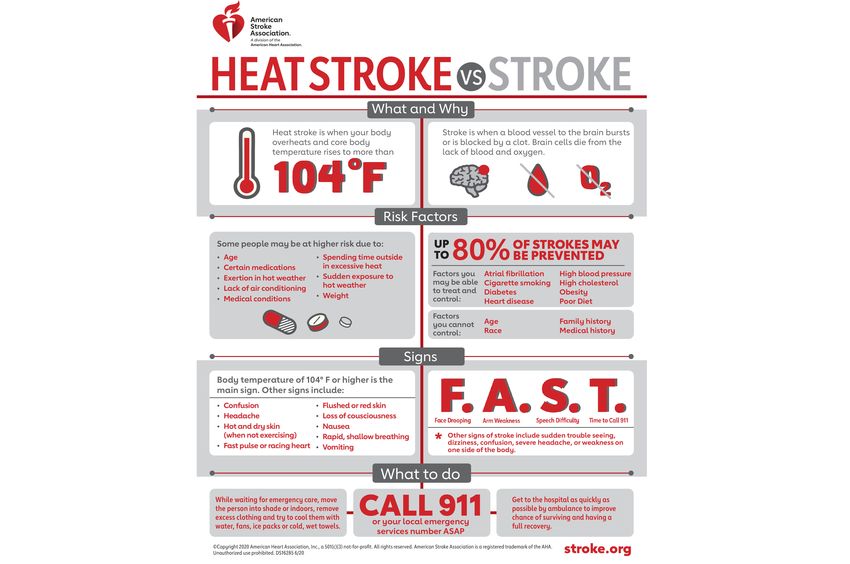
Children aren't the only ones who need pediatric rheumatology. Juvenile arthritis, also called system sclerosis, may cause swelling, pain in the joints, and sometimes even fever. In addition to joint pain, juvenile arthritis can also result from autoimmune diseases, numb fingers, and swelling of the lymph nodes in the neck. Children's Hospital Chicago's team has a lot of expertise in diagnosing, treating and preventing these disorders.
Randall Children's Hospital
Randall Children's Hospital rheumatology is an excellent facility to treat children with rheumatic diseases. Rheumatic diseases are painful, debilitating conditions of the joints, tendons, and muscles. Rheumatologists for children also help with the prevention, treatment, and management of rheumatic disorders.

UI Stead Family Children's Hospital
The University of Iowa houses one of the country's most prestigious centers for rheumatology. Its comprehensive programs in rheumatology and pediatrics are second to none. Iowa has the only state-of-the-art pediatric rheumatologist. The University of Iowa Stead Child and Family Hospital is dedicated exclusively to children with rheumatic conditions. It is important to diagnose early and get the right treatment.
Nationwide Children's Hospital
The Nationwide Children's Hospital (located in Columbus) is a highly ranked, nationally accredited, pediatric acute care teaching facility. The hospital has 673 pediatric beds and is affiliated with the Ohio State University College of Medicine. The pediatric department at the hospital offers many services to help children with rheumatological diseases. Read on to learn more about the services offered at Nationwide Children's Hospital.
Penn State Children's Hospital
If you're interested to pursue a fellowship in pediatrics rheumatology at Penn State Children's Hospital, this fellowship may be for you. This fellowship is a wonderful combination of academic learning and practical experience. Fellows at Penn State Children's Hospital are provided with a comprehensive collegial foundation curriculum. Each pediatric fellowship shares this core curriculum. They also provide program-specific education for board exams, evidence-based medicine, and other medical topics.

Pediatric Rheumatology & Pediatric Nephrology
Dr. Karen Onel discusses how she treats a young person with a renal disorder at Children's Hospital Los Angeles. This condition is caused by inflammation in the kidneys. More than half of all children are affected. This disease is treatable by pediatricians.
FAQ
What should we know about health insurance
If you have health insurance, you should keep track of your policy documents. You should ensure you fully understand your plan. Ask questions whenever you are unclear. Ask your provider for clarification or contact customer service if you are unsure.
When it comes to using your insurance, make sure you take advantage of the deductible. Your deductible represents the amount you will have to pay before your policy begins covering the rest.
What should I know regarding immunizations
Immunization is the process by which a vaccine stimulates an immune response. The body reacts to the vaccine by producing antibodies (immunoglobulins), which protect against infection.
What role does the public health officer play?
Participation in prevention programs can help you and others protect their health. Public health can be improved by reporting injuries and illnesses to health professionals, so that they can prevent further cases.
What is an infectious disease?
An infectious disease is caused by germs (bacteria, viruses, or parasites). Infectious diseases are spread quickly by close contact. Mumps, rubella (German Measles), whooping cough, rubella (German Measles), measles and mumps are some examples.
What are the services of health care?
Patients should know that they can access quality healthcare at all times. We're available to assist you with routine or urgent care.
We offer many types and types of appointments. We offer home care visits to those who live far from our clinic. And if you don't feel comfortable coming into our office, we'll ensure you receive prompt treatment at your local hospital.
Our team includes doctors, nurses, pharmacists, dentists, as well as other professionals who are dedicated to providing exceptional patient service. We strive to make every visit as simple and painless for our patients.
What are the main goals of a system for healthcare?
A healthcare system must have three main goals: to provide affordable care, improve patient outcomes, and reduce costs.
These goals were incorporated into the framework Triple Aim. It is based upon research from the Institute of Healthcare Improvement. IHI published this in 2008.
This framework is designed to help us improve our goals by focusing on all three.
This is because they're not competing against each other. They support each other.
A better access to care can mean fewer deaths due to inability to pay. That reduces the overall cost of care.
Also, improving the quality of care helps us reach our first goal - to provide affordable care for patients. It can also improve outcomes.
Statistics
- For instance, Chinese hospital charges tend toward 50% for drugs, another major percentage for equipment, and a small percentage for healthcare professional fees. (en.wikipedia.org)
- Healthcare Occupations PRINTER-FRIENDLY Employment in healthcare occupations is projected to grow 16 percent from 2020 to 2030, much faster than the average for all occupations, adding about 2.6 million new jobs. (bls.gov)
- Price Increases, Aging Push Sector To 20 Percent Of Economy". (en.wikipedia.org)
- The health share of the Gross domestic product (GDP) is expected to continue its upward trend, reaching 19.9 percent of GDP by 2025. (en.wikipedia.org)
- For the most part, that's true—over 80 percent of patients are over the age of 65. (rasmussen.edu)
External Links
How To
What are the Four Health Systems?
The healthcare system is a complex network of organizations such as hospitals, clinics, pharmaceutical companies, insurance providers, government agencies, public health officials, and many others.
This project had the overall goal to create an infographic to explain the US's health care system to anyone who wanted it.
Here are some key points.
-
Annual healthcare spending amounts to $2 trillion, or 17% of GDP. It's nearly twice the size as the entire defense budget.
-
Medical inflation reached 6.6% last year, higher than any other consumer category.
-
On average, Americans spend 9% of their income on health costs.
-
As of 2014, there were over 300 million uninsured Americans.
-
The Affordable Care Act (ACA) has been signed into law, but it isn't been fully implemented yet. There are still significant gaps in coverage.
-
The majority of Americans think that the ACA needs to be improved.
-
The US spends the most money on healthcare in the world than any other country.
-
Affordable healthcare would lower the overall cost by $2.8 Trillion annually if everyone had it.
-
Medicare, Medicaid, and private insurers cover 56% of all healthcare spending.
-
The top three reasons people aren't getting insured include not being financially able ($25 billion), having too much time to look for insurance ($16.4 trillion), and not knowing what it is ($14.7 billion).
-
HMO (health care maintenance organization) is one type of plan. PPO (preferred provider organizational) is another.
-
Private insurance covers many services, including doctors and dentists, prescriptions, and physical therapy.
-
Public programs cover hospitalization, outpatient surgery, nursing homes, hospice care, long-term care, and preventive care.
-
Medicare is a federal program providing senior citizens health coverage. It pays for hospital stays, skilled nursing facility stays, and home health visits.
-
Medicaid is a state-federal joint program that provides financial help to low-income persons and families who make too many to qualify for any other benefits.